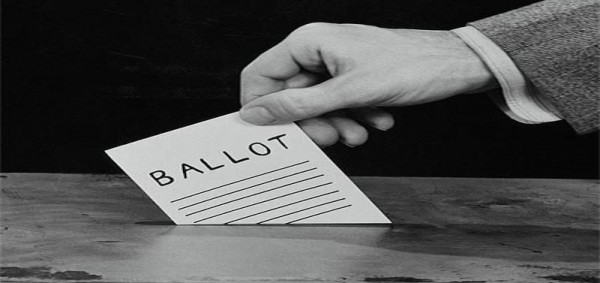According to Elections Alberta, approximately 696,000 Albertans cast their votes at advance polling stations across Alberta. This represents about 26 per cent of the estimate 2.6 million Albertans who are eligible to vote in the provincial general election.
And it shatters the previous record from the 2015 election, when 234,659 valid ballots were cast at the advance polls over four days, representing 15.77% of all valid ballots cast.
We will not know until after April 16 whether this signifies an overall increase in voter turnout or whether we are witnessing a shift in when people vote. Advance voting is now available for five days, an increase from four in the last election, and is even more convenient now that voters can cast ballots at any advance voting station outside their electoral district.
Elections Alberta tells us that approximately 223,000 Albertans voted at advance voting stations outside their electoral district, and counting these ballots creates some interesting logistical challenges.
It is my understanding that advance ballots from voters who voted at advance polling stations outside their districts will be transported to Elections Alberta’s main office in Edmonton to be sorted and counted on the day after the election. This means that voters living in districts with close results on election night may have to wait until after Election Day for all the votes to be counted.
Here are a few thoughts and questions about the large advance voter turnout in Alberta’s election:
- Alberta is not the first province to allow for out of district voting. Colby Cosh wrote about the impact of a similar type of system in British Columbia’s most recent provincial election, where voters could vote at any polling station in the province on Election Day (Alberta’s vote-anywhere system only exists in the advance voting period).
- It will be interesting to see how voters, and political parties, react to a potential delay of the results, and whether popular opinion supports the convenience of being able to vote anywhere if it means we do not get all the results immediately on election night.
- From the perspective of someone who likes to analyze election data, the huge increase in the popularity of advance voting will make it challenging to track voter turnout and voting patterns on a poll-by-poll level in Alberta’s electoral districts. Votes cast on Election Day are tallied by individual poll within an electoral district while votes cast in advance voting are tallied together district wide.
- It is also not clear whether the large turnout at advance polls helps or hurts any specific political party in this election. As I have said before on the Daveberta Podcast, the base voters of the New Democratic Party and United Conservative Party appear to be motivated in this election.

